Planets and Moons
ID: 11106
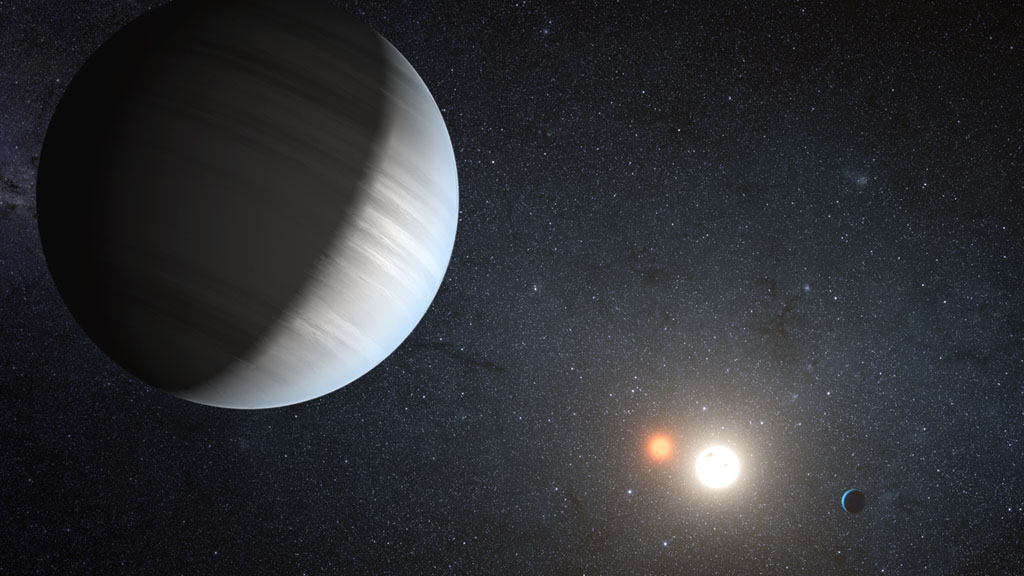
On Earth, the daily rhythms of life sync to the sunrise and sunset of a single, bright star. But unlike our solar system, some planets have more than one sun. Using NASA's Kepler space observatory, scientists recently discovered a planetary system where two planets orbit two stars. The system, known as Kepler-47, provides the first evidence from Kepler that multiple planets can orbit a binary star—a star system consisting of two or more stars that circle each other. The outer planet, named Kepler-47c, orbits at an Earth-like distance from the larger and brighter of the two stars, residing in what astronomers call a habitable zone. This means the planet could support liquid water if it had terrestrial features, but scientists think Kepler-47c is likely made up entirely of gas. Watch the video to learn more about the discovery of this two-planet, two-star system.
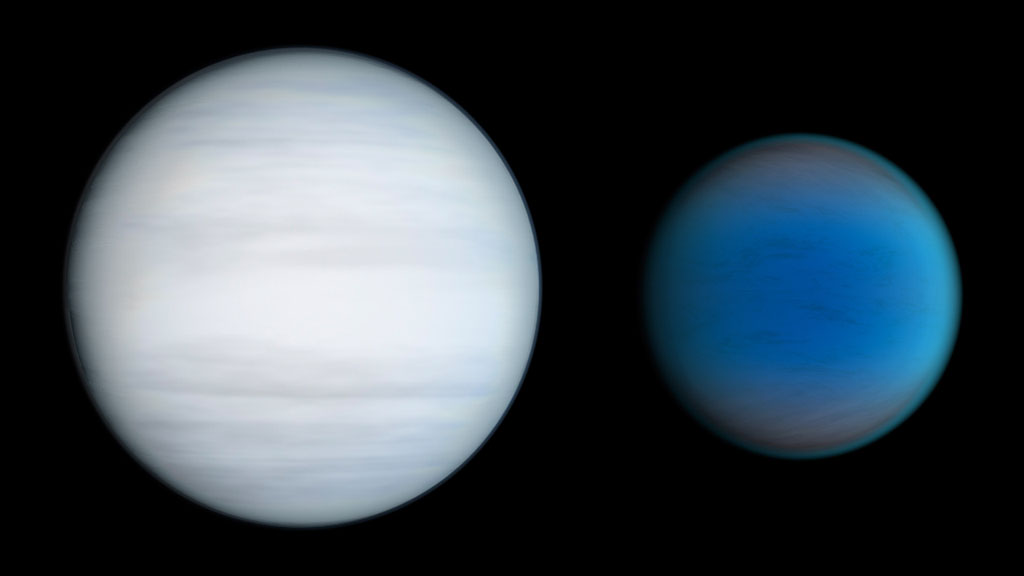
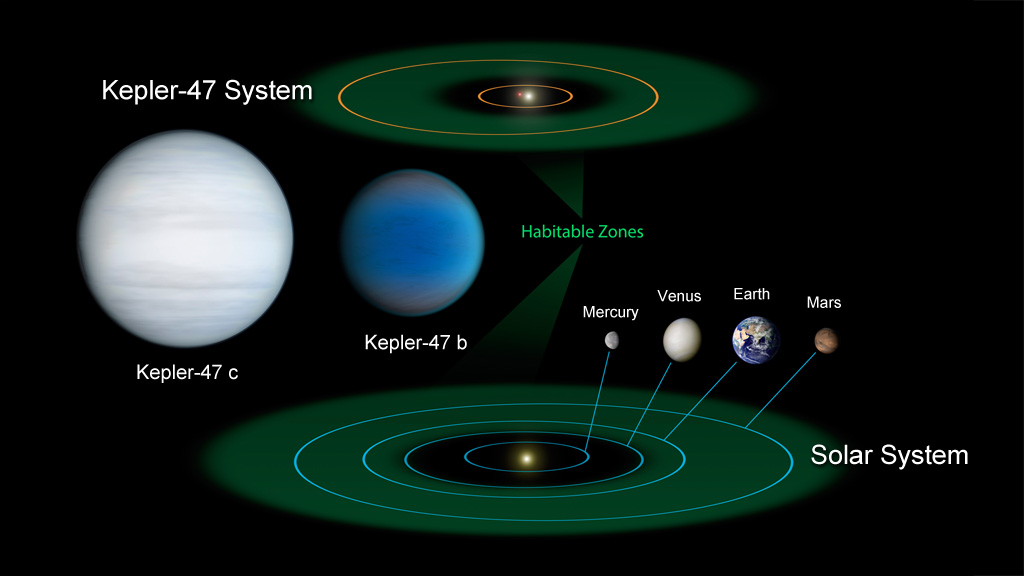
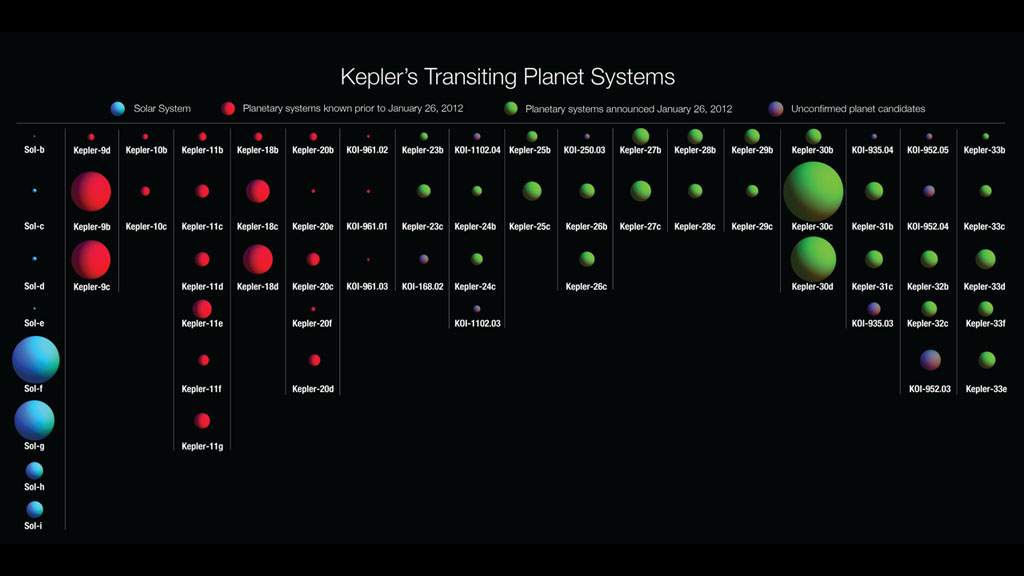
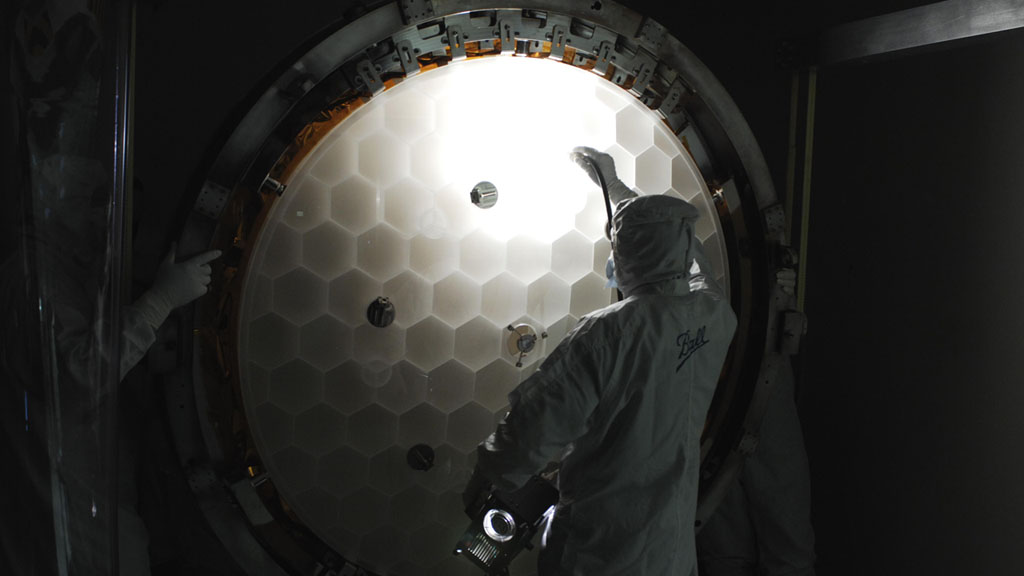
Circling Two Suns





For More Information
Story Credits
Please give credit for this item to:
Science@NASA and NASA's Goddard Space Flight Center
Planet images courtesy of NASA/JPL-Caltech/T. Pyle
Planetary systems chart courtesy of NASA Ames/Jason Steffen, Fermilab Center for Particle Astrophysics
Primary mirror photo courtesy of NASA and Ball Aerospace
Science@NASA and NASA's Goddard Space Flight Center
Planet images courtesy of NASA/JPL-Caltech/T. Pyle
Planetary systems chart courtesy of NASA Ames/Jason Steffen, Fermilab Center for Particle Astrophysics
Primary mirror photo courtesy of NASA and Ball Aerospace
Short URL to share this page:
https://svs.gsfc.nasa.gov/11106
Keywords:
SVS >> App
NASA Science >> Planets and Moons
https://svs.gsfc.nasa.gov/11106
Keywords:
SVS >> App
NASA Science >> Planets and Moons







